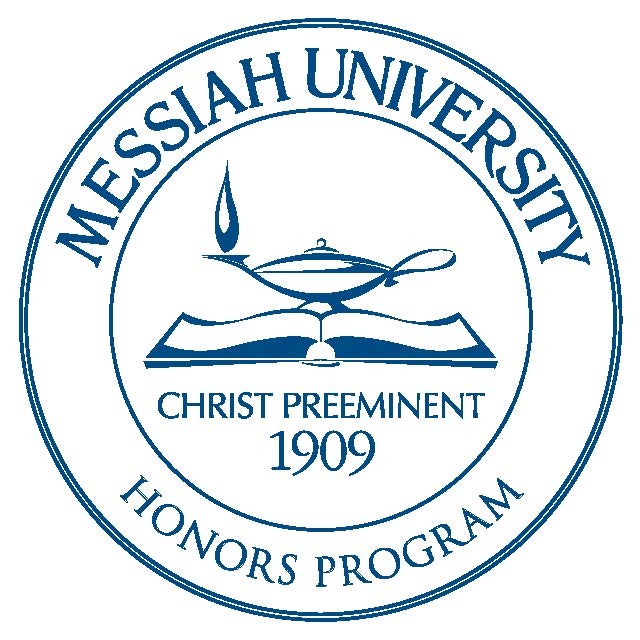Date of Award
2010
Document Type
Thesis
Department
Language, Literature and Writing
First Advisor
Dr. Crystal Downing
Abstract
The name Charles Darwin inspires a montage of pictures and concepts: evolution, the H.M.S. Beagle, natural selection, beetles, God-killer, a wrinkled forehead and scraggly white beard. Along with the images and ideas come emotions ranging from adoration to abhorrence, depending on the hearer. The cultural controversy surrounding Darwin’s theory of evolution and its possible spiritual implications draws battle lines that box Darwin into specific conversations about science and religion. As a result, when we hear his name, we rarely think of beauty. To some, science and beauty may seem incongruous: one functions in a lab without windows, the other blooms in a field of wildflowers. Ironically, Darwinwould rather have been in the meadow collecting beetles and observing wildlife, not in a closed space with hissing beakers. As he writes in his autobiography, “beautifully adapted” organisms witnessed in the wilds of the Galapagos inspired him to prove the gradual modification of species that became his finest work: On the Origins of Species by Means of Natural Selection.[1] Beauty led Darwin to his science, informs his science, and, ultimately, gets explained by his science.
Recommended Citation
Lord, Alyssa, "Who’s the Fairest of them All? The Beauty of Charles Darwin" (2010). Honors Projects and Presentations: Undergraduate. 97.
https://mosaic.messiah.edu/honors/97


